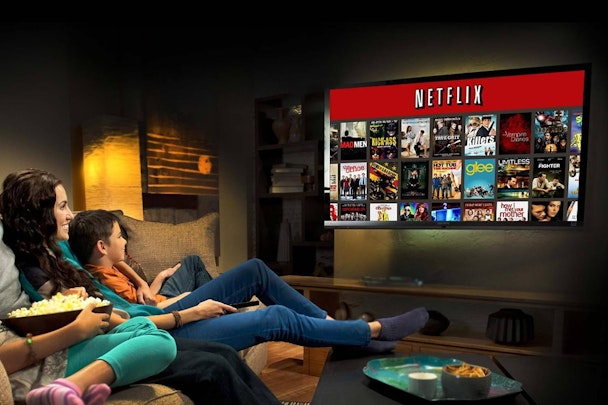Netflix wants to be ad-free, and still can be
Losing one of its most popular assets, Friends, to rival HBO Max, and another, The Office, to NBCUniversal two weeks earlier laid the groundwork for a difficult month for Netflix. And it only got worse this week as weaker subscriber growth sent its share price tumbling 10%.

Netflix wants to be ad-free, and still can be
The nasty shock caught both industry analysts and Netflix off guard who were anticipating that its price hike from earlier in the year would not greatly impact subscriptions; as it turned out, in the US, where the price hike on the most popular tier rose 18% at the start of the year, subscribers actually fell 126,000. Globally, its subscribers grew only 2.7m worldwide, well short of the 5m expected.
The backdrop to this is that Netflix’s share price surged roughly 15% when it announced a price hike back in January, so it remains unclear what the long-term trends of price hikes will be on its business. The impact may only become clearer when the price hikes are rolled out in the UK and other markets.
Fragmentation of the streaming market, slowing growth and a growing debt pile have rightly placed question marks on the sustainability of Netflix’s current business model. Speculation is now mounting around whether Netflix will reach an impasse and be forced to open its platform up to other revenue streams, including advertising.
This has understandably excited ad-land which hopes Netflix’s vulnerability will become the next big advertising opportunity for clients. But advertisers shouldn’t hold their breath just yet - this speculation might be premature.
Netflix has the first mover advantage in the streaming market. Because of this they currently enjoy the default position as the baseline paid streaming service that ‘everyone has to have’. Many households will of course supplement their streaming with one or more additional paid or ad-funded services that they pick and choose according to their taste and income. While it is certainly rational for other platforms to offer ad-funded or hybrid tiers, Netflix currently enjoys a special position and should be very circumspect about upsetting the status quo.
The streaming giant has built its brand on the promise of viewing “without having to watch a single commercial”. Changing this proposition would be incredibly risky and Netflix’s board will be very wary of disturbing the apple cart here.
None of this is to say the streaming giant is not facing challenges ahead. Chief executive Reed Hastings has a tough balancing act to play, and has to prove that Netflix can sustain growth while also raising prices to compete in an escalating battle for content.
This is not necessarily compelling evidence that Netflix should adopt in the near-future a dual ad-subscription business model. There is still room for experimentation in its pricing structure and content strategy before selling ad space becomes inevitable.
This week’s announcement that it will offer low-cost subscription deal in India to enable customers to stream content on mobile devices could be the start of its next phase of growth. Crucially, here, subscribers outside of the US account for 80 percent of new sign-ups. Moreover, the global market for product placement advertising is growing – PQ Media have estimated that the market would reach $11.44bn in 2019, up from $4.7bn. It is hard to think of a firm better placed than Netflix to exploit this trend.
If Netflix does dip its toe into advertising, it is likely to be more non-obtrusive formats like product placement, pause frame insertions with much longer odds on pre and post-roll ad formats. Brands would be enthusiastic and open to these ideas, but at most this light touch approach would be supplementary income for Netflix and, from an advertiser perspective, it can’t compare to the scale of ad impacts being lost from linear TV.
Nic Pietersma is business director at Ebiquity
